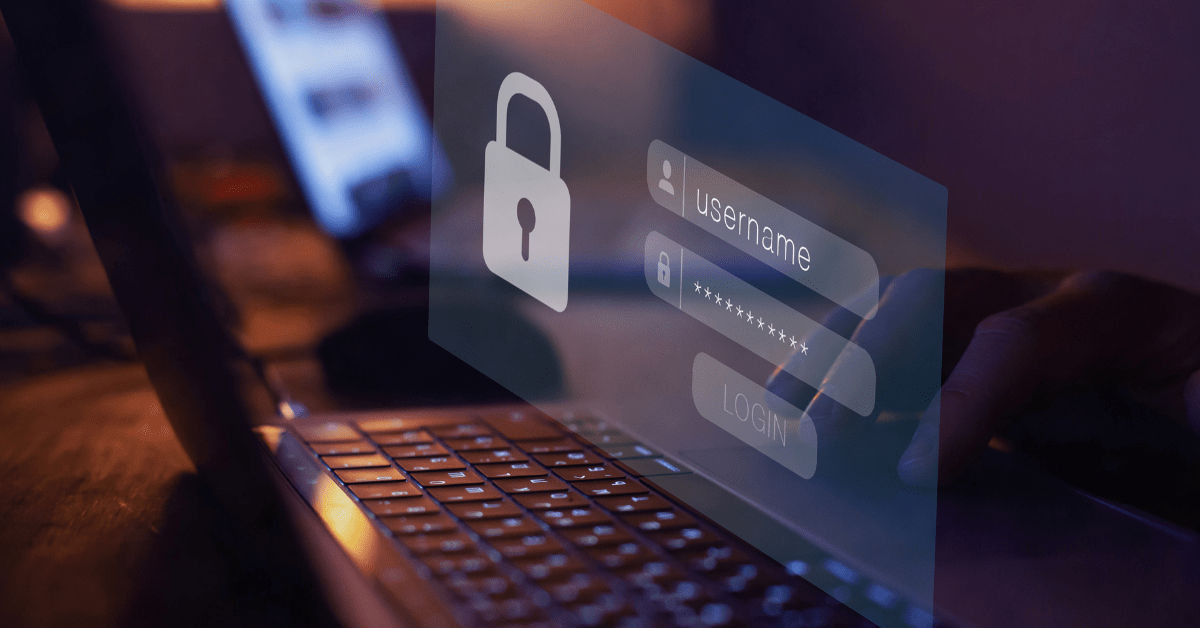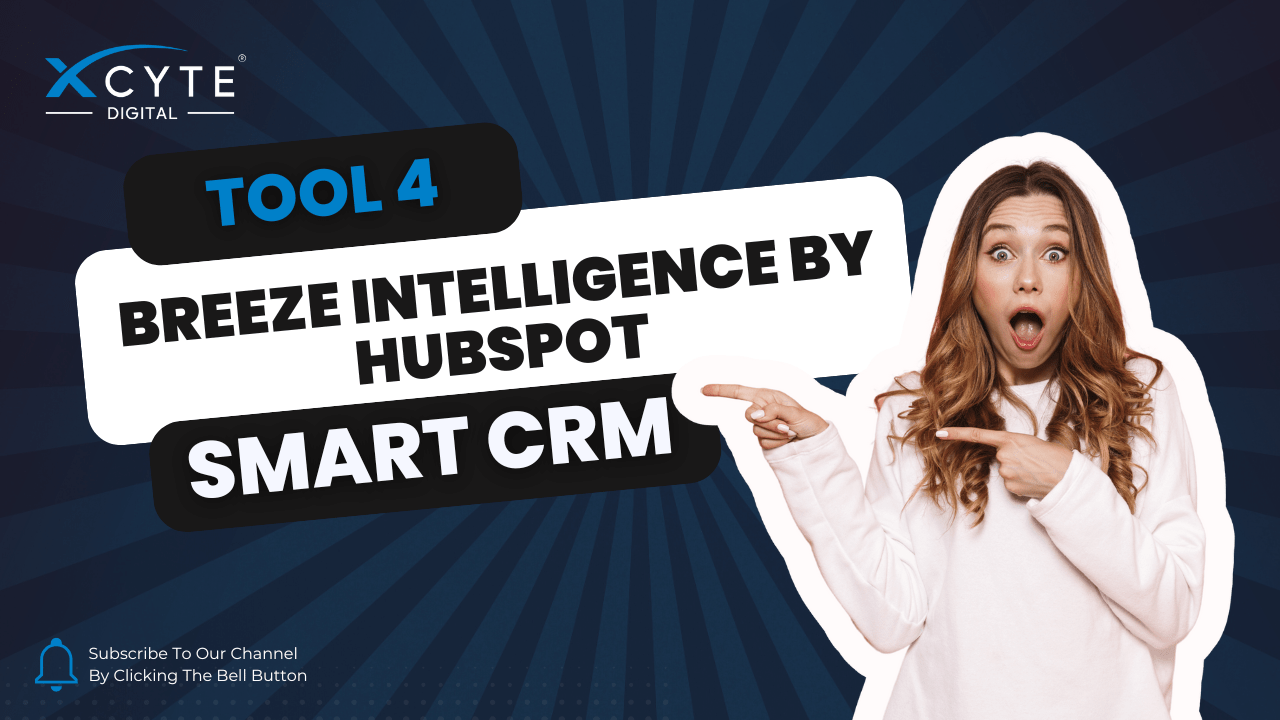
Zero Trust Security: Implementing a Foolproof Cybersecurity Strategy in the Age of Deep Fakes
In an era where digital deception is becoming increasingly sophisticated, particularly with the rise of deep fakes in webinars and online communications, organizations need a robust cybersecurity strategy more than ever. Enter Zero Trust Security – a paradigm shift in how we approach digital safety. This blog post explores the concept of Zero Trust and how it can be implemented to create a foolproof cybersecurity strategy, especially in combating emerging threats like deep fakes.
Understanding Zero Trust Security
Zero Trust is a security concept centered on the belief that organizations should not automatically trust anything inside or outside its perimeters. Instead, they must verify anything and everything trying to connect to its systems before granting access.
Key Principles of Zero Trust:
- Verify explicitly
- Use least privilege access
- Assume breach
The Rising Threat of Deep Fakes in Webinars
Deep fakes, AI-generated synthetic media that can create highly convincing impersonations, pose a significant threat to the integrity of webinars and online communications. They can be used to:
- Impersonate executives or speakers
- Spread misinformation
- Manipulate stock prices or business decisions
- Damage brand reputation
Implementing Zero Trust to Combat Deep Fakes and Other Threats
1. Multi-Factor Authentication (MFA)
Implement robust MFA for all users, especially for webinar hosts and participants. This could include:
- Biometric verification
- Hardware tokens
- Time-based one-time passwords (TOTP)
2. Continuous Monitoring and Verification
- Use AI-powered behavior analytics to detect unusual patterns
- Implement real-time video authentication for webinar participants
- Regularly verify user identities throughout the session, not just at login
3. Micro-Segmentation
- Divide your network into small, isolated zones
- Control access between these zones based on need
- Limit the potential damage if a breach occurs
4. Least Privilege Access
- Grant users only the access they need to perform their tasks
- Regularly review and update access permissions
- Implement time-based access for sensitive operations
5. Encryption and Data Protection
- Use end-to-end encryption for all communications
- Implement data loss prevention (DLP) tools
- Secure data both in transit and at rest
6. AI-Powered Threat Detection
- Utilize machine learning algorithms to detect deep fakes in real-time
- Implement anomaly detection systems to identify unusual network behavior
- Use predictive analytics to anticipate potential security threats
7. Employee Training and Awareness
- Conduct regular cybersecurity training sessions
- Educate staff about the risks of deep fakes and how to identify them
- Implement a culture of security awareness across the organization
8. Vendor and Third-Party Management
- Apply Zero Trust principles to all external partners and vendors
- Regularly audit third-party access and security practices
- Implement secure APIs and gateways for external integrations
As threats like deep fakes continue to evolve, a Zero Trust approach to cybersecurity becomes not just beneficial, but essential. By implementing these strategies, organizations can create a robust defense against a wide range of cyber threats, including the sophisticated challenges posed by deep fakes in webinars and other digital communications.
Remember, Zero Trust is not a one-time implementation but an ongoing process. Regularly review and update your security measures to stay ahead of emerging threats. In the digital age, trust is a vulnerability – verify everything.
Tags:
Read More:
- All Post
- AlgoMind
- Design
- Event Technology Trends
- NeurAgency

Blog Home Articles Videos Blog Home Articles Empowering Virtual Engagement with Secure, Large-Scale Solutions In an era where digital…

Blog Home Articles Videos Blog Home Articles Must-Attend Corporate Communications Events in 2025 The corporate communications landscape is constantly…

Blog Home Articles Videos Blog Home Articles Video: Breeze Intelligence by HubSpot: Smart CRM Integration HubSpot’s Breeze Intelligence is…

Blog Home Articles Videos Blog Home Articles Gamification on a Budget: Cost-Effective Ideas for Small Virtual Events Gamification is…

Blog Home Articles Videos Blog Home Articles AI in Event Measurement: Leveraging Technology for Better ROI The event industry…
